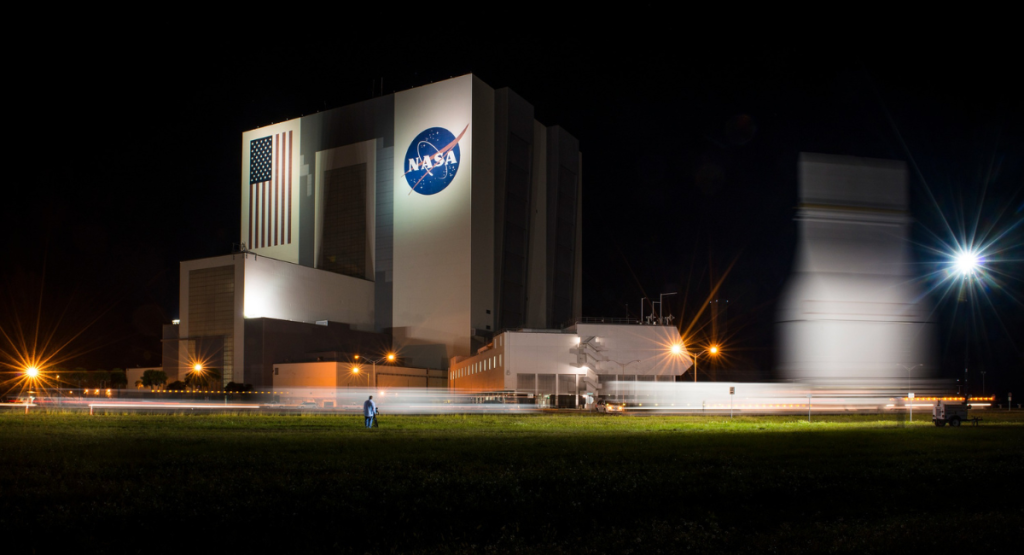“NASA’s problem is it always seems to have $3 billion more program than it has of funds.”
Infrastructure Week
In a new report, a group of experts from the public and private sectors are warning that NASA’s Earth-bound facilities are not at all up to snuff. As Ars Technica reports, the 200-page dispatch from the National Academies of Science, Engineering, and Medicine details how NASA is experiencing overarching mission failure, with its physical facilities serving as a key indicator of its woes.
In the report, the assembled experts from institutions as disparate as SpaceX and Stanford found via a scoring system that most of its facilities are out of shape. The worst offender is the Johnson Space Center in Houston, which is where NASA’s astronauts are trained and where its Mission Control Center is located.
Of its more than a dozen centers and its headquarters in Washington, only the Jet Propulsion Laboratory in Pasadena, California, which is operated in tandem with the California Institute of Technology, and the Stennis Space Center in Mississippi, didn’t score “poor” for infrastructure.
Rather than covering the technology in these centers, the scoring system takes into account building infrastructure and utilities.
“You can have a world-class microscope and materials lab, but if the building goes down, that microscope is useless to you,” Erik Weiser, NASA’s director for facilities and real estate, said during a National Academies panel discussion last year, as quoted by the website.
Liminal Space
In a more recent interview with Ars, former Lockheed Martin CEO and lead report author Norm Augustine joked that “NASA’s problem is it always seems to have $3 billion more program than it has of funds.”
While the same could be said of the former analytical reports he led on NASA in 1990 and 2009, the stakes are all the higher now that NASA is ramping up projects riskier and more complex than any it has undertaken in its history.
“Since the year 2010, the NASA budget for missions has gone up by 8 percent,” Augustine said. “Meanwhile, the budget for mission support has dropped by 33 percent. If you do a little arithmetic, it shows that every dollar of mission support budget today has to support 50 percent more mission activity than was the case in 2010, not that long ago.”
As Weiser told the National Academies last year, a whopping 83 percent of NASA’s facilities have lived past their design lifetimes, and with a $3.3 billion maintenance backlog, it’s hard to imagine them being brought into the future any time soon.
More on NASA woes: As NASA’s Mars Sample Return Stumbles, China Is Looking to Beat Them to the Punch

